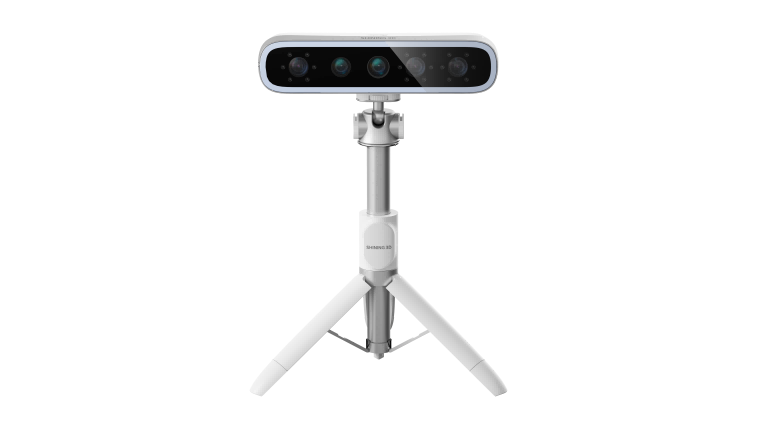Designing a smile involves more than focusing on teeth alone. A patient’s facial structure, proportions, and symmetry all play essential roles in creating results that feel both natural and functional. At SHINING 3D DENTAL, we use digital smile design powered by advanced scanning technologies to bring together facial and intraoral data. By integrating these two sources of information, dental professionals gain a comprehensive view of the patient’s anatomy, supporting precise planning and predictable results.

The Importance of a Holistic View in Dentistry
Traditional approaches to cosmetic and restorative dentistry often relied on impressions and photographs that provided only partial insights. While intraoral impressions accurately represented the teeth, they lacked context within the overall facial structure. Likewise, photographs showed the face but could not capture the fine details of dental anatomy. Digital smile design bridges this gap by combining facial and intraoral data into one unified model. This holistic perspective ensures that dental restorations align naturally with the patient’s appearance.
Facial Scanning for Proportion and Symmetry
Facial scanners capture the dimensions, contours, and symmetry of a patient’s face in three-dimensional detail. These scans reveal how the smile interacts with features such as lips, cheeks, and jawline. Understanding this relationship is crucial for planning aesthetic treatments like veneers or implants. With accurate facial data, clinicians can evaluate whether proposed dental changes enhance overall harmony rather than focusing on teeth in isolation. At SHINING 3D DENTAL, our facial scanning technology offers reliable data that enriches every stage of smile design.
Intraoral Scanning for Precision and Detail
Intraoral scanners provide high resolution digital impressions of teeth and gums. They capture the fine details necessary for designing restorations, ensuring accurate fit and function. By using these scans, clinicians can assess alignment, spacing, and occlusion with clarity. The precision of intraoral data reduces the likelihood of errors and supports consistent outcomes. When integrated with facial scans, intraoral data ensures that detailed dental designs are grounded in the context of the patient’s overall facial anatomy.
Merging Facial and Intraoral Data for Digital Smile Design
The integration of facial and intraoral data creates a powerful tool for planning treatments. When the two scans are combined, the resulting model allows dental professionals to simulate how proposed restorations will appear within the patient’s natural smile. This workflow improves accuracy by ensuring that both functional requirements and aesthetic considerations are addressed. For patients, it offers the opportunity to see realistic visualizations of treatment outcomes before any procedure begins.
Benefits for Patients and Professionals
Combining facial and intraoral data improves communication between dentist and patient. Visual models provide a clear picture of how treatments will affect appearance, fostering trust and understanding. For clinicians, the integrated workflow enhances decision making by aligning detailed dental data with broader facial features. This approach reduces guesswork, improves predictability, and supports outcomes that feel both natural and balanced.
The SHINING 3D DENTAL Approach
With decades of experience in 3D technologies, SHINING 3D DENTAL provides integrated solutions that bring together facial scanning, intraoral scanning, and advanced software. Our systems are designed to ensure accurate data capture, seamless integration, and efficient workflows for digital smile design. By combining facial and intraoral information, we empower dental professionals to plan treatments that are precise, aesthetic, and clinically reliable.
Conclusion
Digital smile design is most effective when it incorporates both facial and intraoral data. At SHINING 3D DENTAL, we support this integrated approach with advanced scanning technologies that provide a holistic view of each patient’s anatomy. By uniting detailed dental impressions with facial proportions and symmetry, we help clinicians design smiles that are accurate, functional, and harmonious. This combination of precision and perspective ensures results that meet professional standards while giving patients the confidence to smile with ease.
 ENG
ENG








